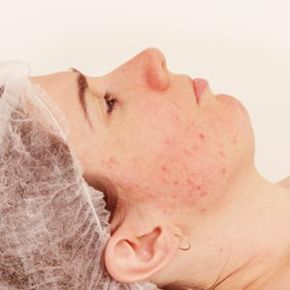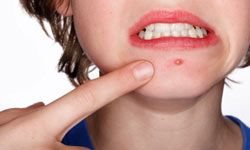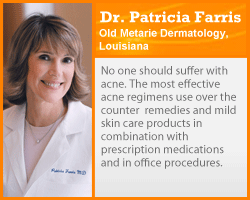Having acne as a teenager is uncomfortable enough, but the scars acne often leaves behind can continue to plague you as an adult. Acne scars are quite common, but if they interfere with the way you feel about yourself or make you want to hide under a paper bag instead of spending a night on the town with your friends, it's time to look into treatment options. There are several treatment methods available, and you and your dermatologist can work together to choose the one that's right for you.
There are two types of acne scars: depressed and raised. Depressed acne scars are the ones that look like pits or depressions on your skin. This type of scar occurs when you lose fat or muscle under the skin. Depressed scars that give your skin a wavy texture are called rolling acne scars, and scars that look like sharp, narrow indents -- that give the impression your face was punctured -- are called ice pick acne scars [source: WebMD]. Raised acne scars, on the other hand, appear above the skin's surface. This type of scar packs a double whammy -- along with becoming larger over time, raised scars can also be itchy and painful [source: American Academy of Dermatology].
Advertisement
The good news is that there are steps you can take to reduce the appearance of acne scars. From topical treatments to injections, and from surgery to lasers, you can try a variety of treatment options. Keep reading to learn about the science behind your scars.


